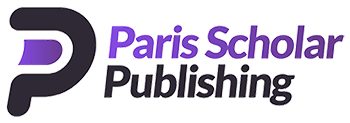Provider Perceptions of Attitudes toward People who Inject Drugs and Treatment Services among Community Members, Service Providers, and Law Enforcement Officials
A Fast Track Open Access article published in the Health Behavior and Policy Review Journal.
Authors:
Joshua Wilke, MD
Cahit Kaya, PhD
Wajiha Z. Akhtar, PhD
William Bull, MD
Sarah Krechel, MPH
Randall Brown, MD, PhD
Ryan P. Westergaard, MD, PhD, MPH
David W. Seal, PhD
Objective:
People who inject drugs (PWIDs) often face stigma, leading to barriers in accessing healthcare and may contribute to negative health outcomes. The objective of this study was to understand and describe the manifestations of stigma toward PWIDs and their impact on the utilization of essential prevention services.
Methods:
We interviewed 44 persons knowledgeable about PWIDs’ healthcare needs. Interviews explored perceptions of the community, healthcare service providers, law enforcement attitudes toward PWIDs, and treatment services.
Results:
Respondents believed that the community generally has stigmatizing attitudes towards PWIDs; treatment program personnel and healthcare providers have less stigmatized attitudes but could benefit from more education and training on drug use and addiction.
Conclusions:
Education and training on stigma and its negative impact on the lives of PWIDs for K-12 students and for healthcare professionals (eg, treatment options, harm reduction strategies) might mitigate stigma toward PWIDs and improve access to services and outcomes.
Source: Health Behavior and Policy Review
Publisher: Paris Scholar Publishing Ltd.
Article Link: https://doi.org/10.14485/HBPR.10.4.2
